- Our picks
- How we picked the best 0% APR credit cards
- Beginner’s guide to 0% credit cards
- Sources
- About the author
- User questions & answers
- Expert opinions
Best 0% APR Credit Cards Compared
| Credit Card | WalletHub Rating | Annual Fee |
| Wells Fargo Active Cash® Card | 5/5 | $0 |
| Wells Fargo Reflect® Card | 4.8/5 | $0 |
| U.S. Bank Visa® Platinum Card | 4.8/5 | $0 |
| Citi Custom Cash® Card | 4.4/5 | $0 |
| Discover it® Student Chrome | 4.3/5 | $0 |
| U.S. Bank Business Platinum Card | 3.5/5 | $0 |
| Fifth Third 1% Cash/Back Card | N/A | $0 |
Methodology for Selecting the Best 0% APR Credit Cards
To identify the best 0% APR credit card offers, WalletHub editors routinely compare 1,500+ credit cards and calculate the expected costs/savings for the average cardholder when paying off a purchase of $5,000 over the course of 24 months. These calculations gauge how long each card’s 0% introductory APR for new purchases lasts after opening an account, as well as whether the potential savings are diminished at all by fees or the card’s regular. Approval requirements are also factored into this analysis, as we try to select the best no- interest credit cards for each credit level. Features such as rewards and other WalletHub Rating components are used as a tiebreaker only.
How Two-Year Cost Is Calculated
Two-year cost is used to approximate the monetary value of cards for better comparison and is calculated by combining annual and monthly membership fees over two years, adding any one-time fees or other fees (like balance transfer fees), adding any interest costs, and subtracting rewards. Negative amounts indicate savings. When fees or other terms are presented as a range, we use the midpoint for scoring purposes. Rewards bonuses and credits have been taken into account for two-year cost calculations. However, bonuses applicable to only a very small portion of cardholders are not considered. For example, credits and bonuses awarded for spending or redeeming rewards through a company portal with non-co-branded cards have not been taken into account. Similarly, bonuses and credits related to spending with specific merchants using a non-co-branded card have not been taken into account (for example, if Card A offers credits with DoorDash, this feature would not be factored into calculations because it is hard to assess how many cardholders would use the benefit or exactly how much value they'd get from it).
Cardholder Spending Profiles
Given that different users have different goals and are likely to use their credit cards differently, we identified spending profiles that are representative of different users’ financial priorities and behaviors. For each cardholder type, we have assumed a specific amount of monthly spending by purchase type (e.g., groceries, gas, etc.), as well as an average balance, balance transfer amount, amount spent on large purchases and average monthly payment. Spending assumptions are based on Bureau of Labor Statistics data for consumers and PEX data for businesses.
Beginner’s Guide to 0% Credit Cards
What Is a 0% Intro APR Credit Card?
A 0% intro APR credit card is a card that does not charge interest on purchases, balance transfers, or both types of transactions for a certain number of months after you open your account. The average 0% credit card offer gives you 11 months without interest on purchases and 13 months without interest on balance transfers.
A 0% credit card can save you a lot of money if you’re able to pay off most or all of your balance within the 0% period.
Learn more about what a 0% credit card is.
How Do 0% APR Credit Cards Work?
A 0% APR offer on a credit card prevents interest from accruing on eligible transactions during the designated promotional period as long as you make at least the minimum required payment by the due date every month. If you fail to make the required payments, you could lose the 0% rate and face late fees and well as credit score damage.
Otherwise, 0% cards work just like any other credit card. That can even result in interest charges if you’re not careful. For example, if you have a 0% APR on balance transfers but not purchases, any purchase you make could accrue interest charges until you pay off your full balance – including your balance transfer.
Learn more about how 0% credit cards work.
What Happens When the 0% APR Ends?
When the 0% APR period on a credit card ends, the card’s regular interest rate normally applies to any balance remaining at that time. For example, if you make a $5,000 purchase with a credit card offering 0% for 15 months and then pay off all but $100 by the time the 0% intro rate concludes, the normal interest rate will only apply to that $100.
However, some retailers use a financing trick called deferred interest. This allows interest charges to retroactively apply from the original purchase date if you don’t pay off your full balance by the end of the introductory period. Thankfully, such deferred interest clauses are confined to 0% store financing, and you can avoid them easily if you know what to look for.
Learn more about what happens when a 0% APR ends.
Pros and Cons of 0% APR Credit Cards
| Pros | Cons |
| Chance to save a lot of money by avoiding interest charges | High regular APR when the 0% promotion ends |
| No annual fees in most cases | Good credit needed for most 0% cards |
| Make important purchases without saving for the full purchase price | Easy to overspend if you’re not careful |
| Avoid interest on purchases or reduce the cost of existing debt | Deferred interest on 0% store cards |
| Rewards on purchases in many cases | Offers aren’t always available to save you from interest |
Learn more about the advantages and disadvantages of 0% cards.
How Much Could You Save With a 0% Intro APR Offer?
You could save hundreds or even thousands of dollars with a 0% credit card, depending on what card you get, what your alternatives are, how much you spend, and how quickly you pay off your balance. For example, you could save nearly $1,400 paying off a $10,000 purchase over the course of 15 months with a 0% card, compared to a card with a 20% APR.
To see exactly how much a 0% credit card could save you, play around with WalletHub’s credit card payoff calculator. You can see how much different interest rates and monthly payment amounts affect your overall savings.
Learn more about how valuable 0% credit cards can be.
How to Compare 0% and Low Interest Credit Cards
The best way to compare credit cards with 0% introductory APRs to credit cards with low ongoing interest rates is to estimate how much each card will save or cost you, based on your specific spending and payment plans. The best way to do that is to use an interest calculator.
For instance, if you’re planning to make a big purchase that will take you 12-15 months to pay off, after which you’ll pay in full monthly, a 0% card is likely to be most advantageous. On the other hand, if you encounter purchases that will take months to pay off on a somewhat regular basis, you might want a low rate that sticks around for the long haul.
One other thing to remember is that low ongoing credit card interest rates are rare these days. Very few cards have single-digit rates that aren’t temporary.
Learn more about how to compare 0% and low interest cards.
Who Should Apply for 0% APR Credit Cards?
You should apply for a 0% credit card if you’re planning a big-ticket purchase that will take months to repay and you would like to avoid interest charges. In addition, you’re most likely to qualify for a 0% introductory APR credit card if you have good or excellent credit, or if you’re a student, though options may be available for other groups as well.
If you already have expensive debt, you should consider applying for a 0% balance transfer credit card. Some of the best cards offer 0% intro rates for purchases and balance transfers, while other offers are better for one or the other.
Whether you’re looking to avoid interest on future expenses or to reduce the cost of existing debt, you should compare options using a credit card calculator to find the offer that’s likely to save you the most money. Most 0% intro APR cards have fairly high regular interest rates, so it’s best to pay off most – if not all – of your balance during the low-interest period.
When a 0% APR Card Is Not a Good Idea
A 0% APR credit card is not a good idea when you use it to spend more than you can afford to pay back. Credit cards with 0% introductory APRs typically have high regular interest rates, and any balance remaining when the intro period ends will be subject to that high regular rate. You can’t count on a 0% balance transfer offer being there to bail you out, either. Depending on how the economy is doing overall, those offers can become very hard to get.
In addition, a 0% card is not a good idea if you get a store credit card that has a feature called deferred interest and you’re not absolutely certain you can pay off your purchase within the 0% period. If you don’t pay in full by the time the 0% period ends, you’ll get charged interest retroactively at the regular interest rate – like the 0% promotion never existed. A 0% card is not interest-free forever, after all.
Learn more about when it’s worth getting a 0% card.
How to Get the Best 0% APR Credit Card
- Check your credit score.
Knowing how good (or bad) your credit score is will help you figure out which credit card offers to compare. If you have fair credit, for example, you’re not going to qualify for a card that requires excellent credit for approval, so you can skip over those offers. You can check your latest credit score for free on WalletHub. - Compare multiple offers.
Once you know where your credit stands, you can narrow down the field of offers to those you have a good chance of qualifying for. Then, you can compare the cards’ introductory APR offers, regular APRs, applicable fees and rewards. The goal is to maximize your savings, and plugging the details into WalletHub’s credit card payoff calculator makes it easy to see which cards will save you the most money. - Apply for the best card online.
Applying for a 0% credit card is no different than applying for any other credit card. You just need to provide some basic personal and financial information. If you apply online, you could get an instant decision. - Get your card in the mail.
If you’re approved for a 0% credit card, you should get it in the mail within 7-10 business days of being approved. The exact time frame varies by credit card company. On that note, make sure to confirm when the 0% clock starts ticking. With some cards, it’s when your account is first opened, which is when you’re approved.
How to Make the Most of a 0% APR Credit Card
Compare 0% cards to find the best deal.
Choosing a lackluster card minimizes how much you can save. To maximize your savings on interest, compare cards based on how long their 0% periods last, what regular APR replaces the 0% intro rate, and how much you can expect to save with those terms, considering how much you plan to spend and how much you can afford to pay each month. A credit card payoff calculator can make this really easy.
If you’re on the fence between a few offers with equally attractive interest rates, use rewards as a tiebreaker. Earning a competitive cash back rate on the purchases you plan to finance, or even pocketing a big initial bonus, can boost your savings considerably.
Make at least the minimum payment by the due date each month.
You still need to make monthly payments when you have a 0% credit card. If you don’t pay at least the minimum amount required by the due date, you could lose your 0% promotion as well as face late fees and credit score damage. You should try to pay more than the minimum, though, so it’s easier to pay off your balance within the 0% introductory period.
Pay your full balance by the end of the 0% period.
If you pay your balance in full before the 0% promotion concludes, you can avoid interest charges altogether. On the other hand, the longer you leave a balance subject to the regular APR, the less you will save overall.
Use a different card for everyday purchases.
Adding everyday purchases to your 0% card’s balance will make it harder to ensure you’re debt-free by the end of the 0% period. Besides, using a separate rewards card for everyday purchases enables you to focus on getting the best collection of interest rates when choosing a 0% card, since you’ll know you aren’t sacrificing everyday savings on purchases you don’t need to finance.
Avoid making purchases on a 0% balance transfer card.
If your balance transfer card does not also offer a 0% rate for purchases, any purchases you make with the card will accrue interest charges until you pay your entire balance in full.
Learn more about the best way to use a 0% card and the top mistakes to avoid.
Sources
WalletHub actively maintains a database of 1,500+ credit card offers, from which we select the best 0% APR credit cards for different applicants as well as derive market-wide takeaways and trends. The underlying data is compiled from credit card company websites or provided directly by the credit card issuers. We also leverage data from the Bureau of Labor Statistics to develop cardholder profiles, used to estimate cards’ potential savings.
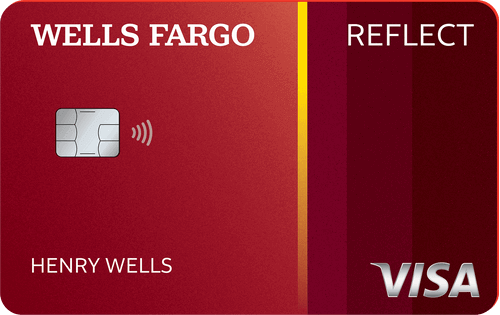
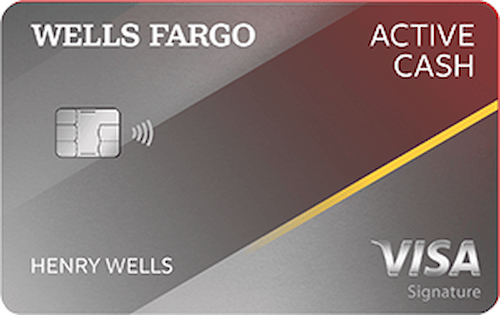

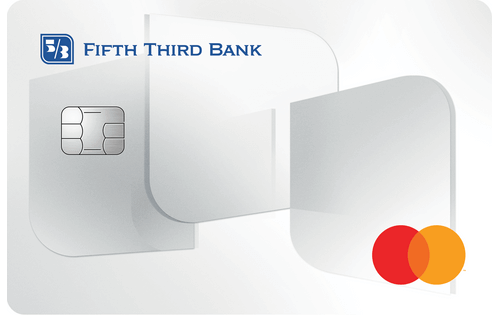
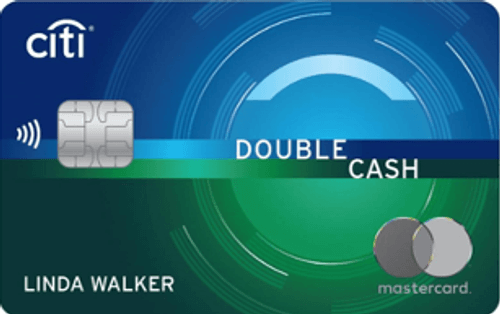
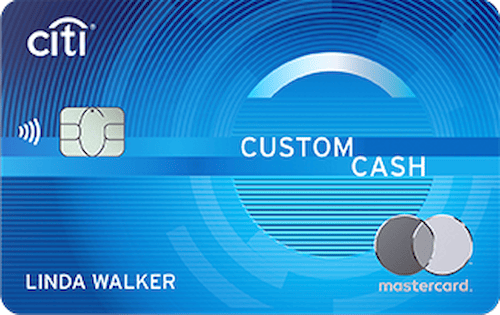
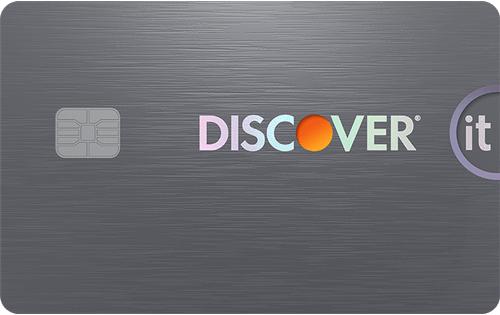
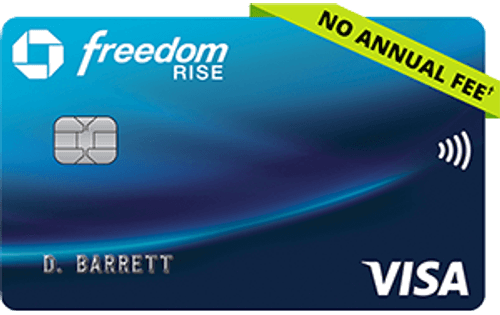
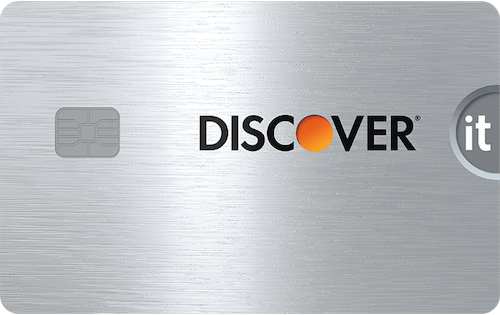
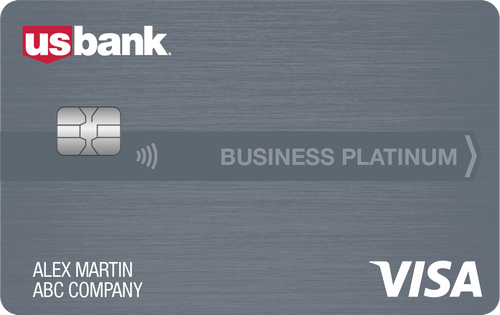



There are no 0% interest credit cards available for people with bad credit. The card listed below is the best credit card for bad credit overall.